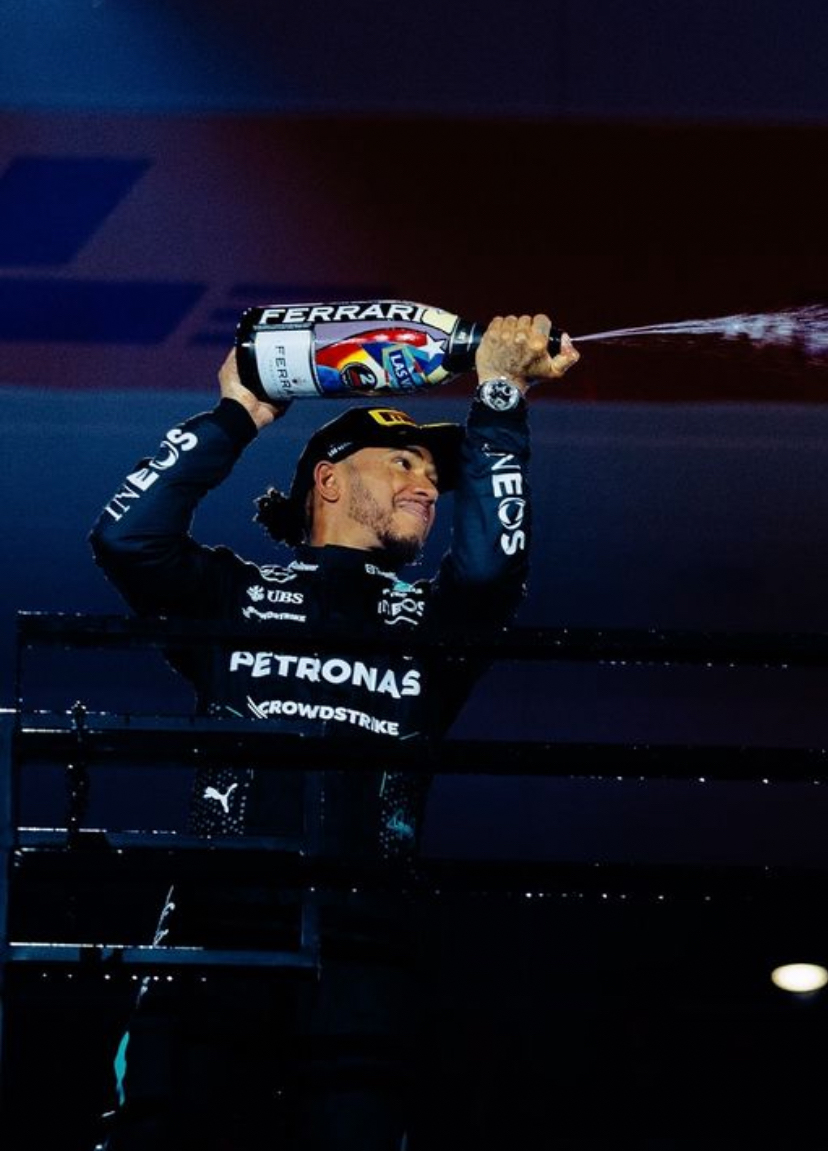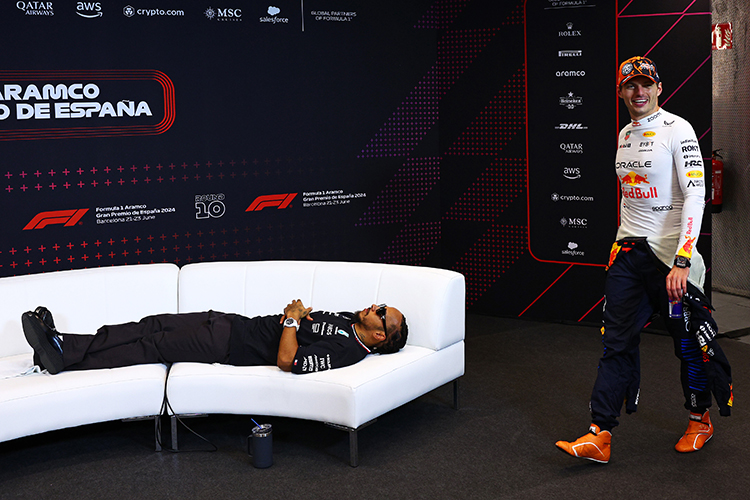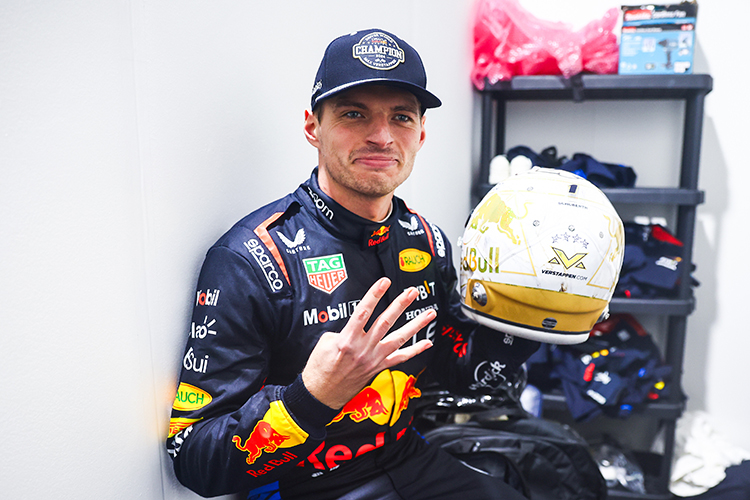Understanding Formula 1 Qualifying: Q1, Q2, and Q3

Formula 1 World Champions: A legacy of racing legends
What are the different qualifying sessions (Q1, Q2, Q3) in Formula 1?
Learn about Formula 1's qualifying sessions—Q1, Q2, and Q3—and how they shape the starting grid for race day.
Qualifying is one of the most thrilling aspects of a Formula 1 weekend. Divided into three sessions—Q1, Q2, and Q3—this process determines the starting grid for the race and showcases the perfect blend of speed, strategy, and precision. Here’s a detailed look at how each session unfolds and why it’s vital for race day success.
Q1: The Opening Round
Duration: 18 minutes
Objective: Avoid elimination and secure a spot in Q2.
Eliminated: 5 slowest drivers (Positions 16–20 on the grid).
Q1 sets the stage for the weekend, with all 20 drivers hitting the track to post their fastest laps. It’s a high-pressure session where avoiding elimination is the primary goal. Traffic often becomes a factor as every car fights for clear space, making timing and track position critical.
The 15 fastest drivers advance to Q2, while those finishing in positions 16 to 20 are eliminated. For teams at the back of the grid, this session represents their best chance to shine.
Q2: The Midfield Showdown
Duration: 15 minutes
Objective: Break into the top 10 and qualify for Q3.
Eliminated: 5 slowest drivers (Positions 11–15 on the grid).
The intensity ramps up in Q2 as the remaining 15 drivers compete for a coveted spot in the top 10. This session demands both speed and strategy, as only the fastest 10 drivers progress to Q3. Teams focus on maximizing performance without compromising tire wear or taking unnecessary risks.
While the rule requiring Q2 tires to start the race was abolished in 2022, tire management and strategy remain vital aspects of this session.
Q3: The Pole Position Shootout
Duration: 12 minutes
Objective: Fight for pole position and secure the best starting spot on the grid.
Participants: Top 10 drivers from Q2.
Q3 is the pinnacle of qualifying, where the fastest 10 drivers battle for pole position. With fewer cars on track, the focus shifts to precision and perfect execution. Drivers aim to deliver their best laps as track conditions often improve toward the session’s end.
The driver with the fastest lap secures pole position, a critical advantage for circuits where overtaking is difficult. The remaining top 10 positions are determined by each driver’s best lap time in this session.
Why the Three-Session Format Works
The Q1-Q2-Q3 structure ensures continuous action and keeps fans on the edge of their seats. Here’s why it’s effective:
- Intense Competition: Drivers must perform at their best in every session to avoid elimination.
- Strategic Depth: Teams balance outright speed with tire management and track timing.
- Fan Engagement: The elimination format creates tension and drama, with every lap potentially decisive.
Unpredictable Elements
Qualifying is full of surprises. Weather changes, mechanical issues, and red or yellow flags can dramatically alter the results, setting the stage for unexpected storylines on race day.
A Key to Race Day Success
Starting position significantly impacts a driver’s chances, particularly on circuits where overtaking is difficult. While the fight for pole in Q3 often grabs the spotlight, every session plays a pivotal role in determining the grid and shaping the race.
Formula 1’s knockout qualifying format is a showcase of driver skill, team strategy, and high-octane drama. It’s an essential part of what makes F1 one of the most thrilling sports in the world.
Up Next



